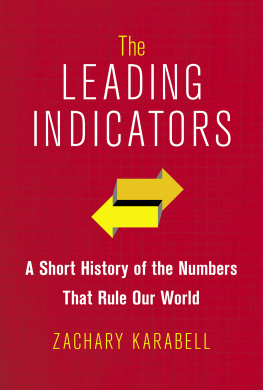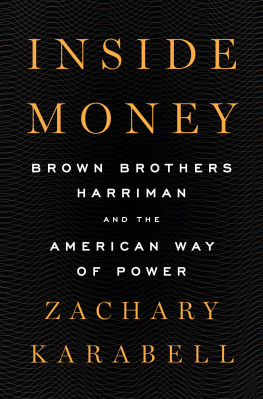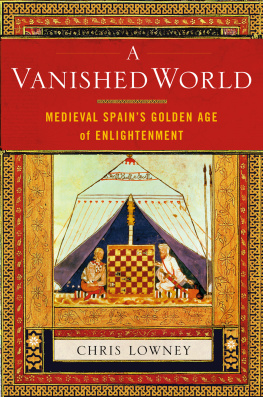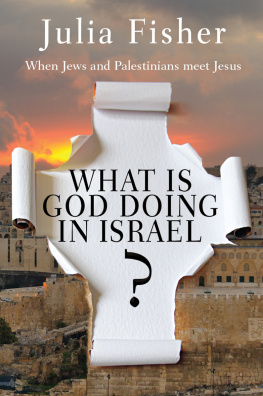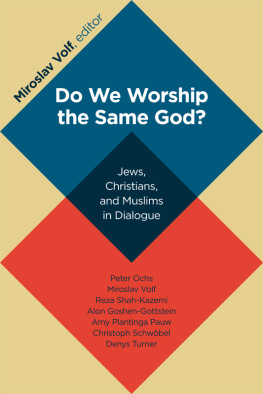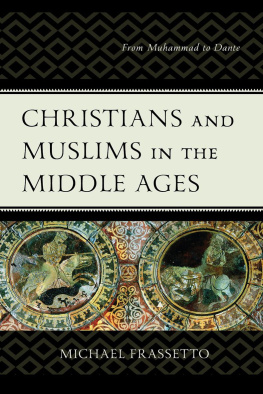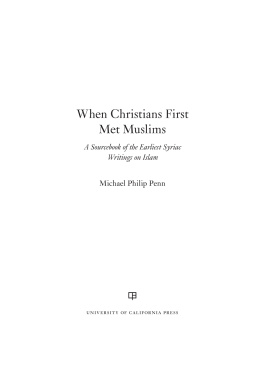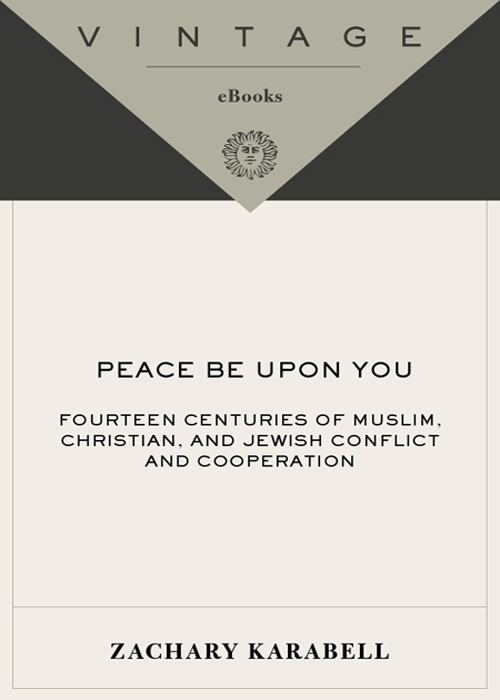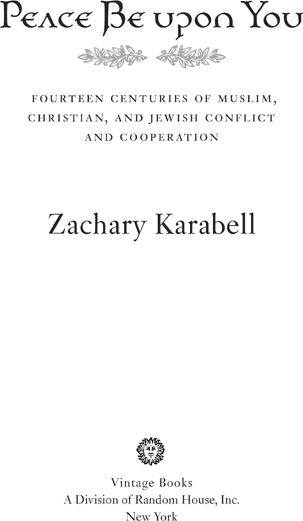T HERE IS KNOWN history and forgotten history, history that supports our sense of present and history that suggests other pathways. Here is the known: in a.d. 632, the Prophet Muhammad died in Mecca. He left a vibrant set of teachings, nine wives, a number of children, and several thousand Arab followers who called themselves Muslims. Less than two decades after his death, the adherents of this new faith had destroyed one empire and crippled another: the Persian shah was hunted down and killed on the banks of the Oxus River after a thousand-mile chase; Heraclius, the Byzantine emperor, who had only a few years before retaken Jerusalem, saw his realm cut in half as the heirs of Muhammad occupied Damascus, Antioch, Alexandria, and Jerusalem. The emperor collapsed and died when he learned that the city of Christ had fallen, even though the Muslims had spared the inhabitants the depredations normally inflicted by conquering armies.
With the Persians annihilated and the Byzantines crippled, the victorious Muslim armies were limited only by numbers and their own internal divisions. Had they stayed united, they might have continued on to India in the east and Europe in the west. As it was, they paused to fight two civil wars. Then the conquests began again, and Arab navies reached the walls of Constantinople before they were halted by a mysterious substance called Greek fire that set ships ablaze. Thousands of miles to the west, the general Tariq ibn Ziyad crossed from North Africa into the Iberian Peninsula and advanced to the Pyrenees. His armies might have continued all the way to the English Channel had he not been recalled by the caliph. He returned across the strait that now bears his name Jebel Tariq, the Mountain of Tariq, Gibraltar. Some years later, his vanguard met the stiff resistance of Charles Martel at the battle of Tours, in what would later become southern France, and the conquerors retreated from Europe, content with their new kingdom, al-Andalus, where they would remain for nearly a thousand years.
The sudden eruption of Islam left an indelible mark on Europe and established a template of conflict between Islam and the West. But conflict is not the only story: after the Muslims consolidated their gains, the Abbasid caliphate came to power in Baghdad in the middle of the eighth century. At its height, the Abbasid Empire stretched from present-day Morocco to the mountains of Afghanistan. The greatest of its caliphs was Harun al-Rashid, who ruled from Baghdad in a palace as ornate and romantic as subsequent imagination described it. He gathered the greatest musicians, poets, dancers, and, above all, theologians. Poets would appear at court and sing praises to the wonders of wine, while pious scholars, many of whom took the Quranic injunction against alcohol seriously, listened politely. A winning poem or a delightful song could earn a poet gold, or horses groomed in the caliphs stables, or a slave girl for the night.
On countless evenings, the court was transformed into an arena for theological debate. Muslim men of learning, schooled in sharia, the law derived from the Quran, offered their wisdom and drew on the philosophical tradition of the ancient Greeks. The works of Aristotle and Plato were translated into Arabic and used not only to enrich Islam but to create new science and new philosophy. And the caliph was not content simply to take the word of his learned men. He wanted to see how their ideas met opposing theologies, and he invited scholars and preachers of other faiths to his court. Jews, Christians, Buddhists, and Muslims engaged in spiritual and spirited jousts, and each tradition was enriched by knowledge of the others.
From the beginning of Islam, Muslims viewed Jews and Christians as distant, slightly errant, relatives. In honor of the fact that they worshiped the same God and had been given the same revelation as Muhammad, they were called ahi al-kitab, the People of the Book. Muslims were expected to treat them honorably. Though Harun al-Rashid went further than most to embrace different faiths, he was fully within the Islamic tradition.
But Harun al-Rashid soon passed into myth, known in the West and in the Muslim world mostly as a character in A Thousand and One Nights, along with Ali Baba, Sinbad the Sailor, and Scheherazade. Today, the notion that a Muslim ruler and a Muslim state might tolerate and even welcome other faiths is alien, not only to people in the Judeo-Christian West but to hundreds of millions of Muslims as well. The early-twenty-first-century world is polarized by the conflict between Muslims, Christians, and Jews. Many Americans and Europeans see Islam as a religion of violence, especially toward those who do not share the faith, and millions of Muslims understand the history of Islam to be one of conquest and victory over nonbelievers, followed by defeat and setbacks. On all sides, this lens distorts the past, constricts our present, and endangers our future.
In truth, each of the three traditions has a core of peace. In churches throughout the world, worshipers turn to one another and say, Peace be upon you. Walk into any store, home, or mosque anywhere in the Muslim world, and you will be greeted with salaam alaykum, Peace be upon you. And the response is always the same: And upon you, peace. Jews in Israel will begin and end a conversation with the simple salutation shalom, peace. Each of the faiths teaches its followers to greet friends and strangers with the warm open arms of acceptance. Peace comes first and last.


